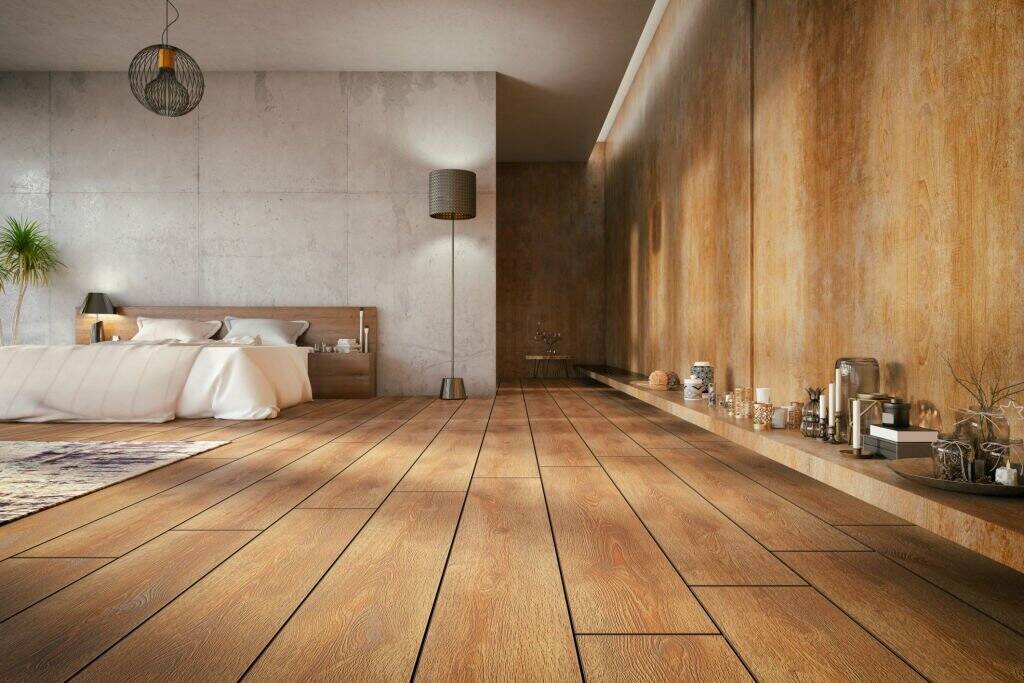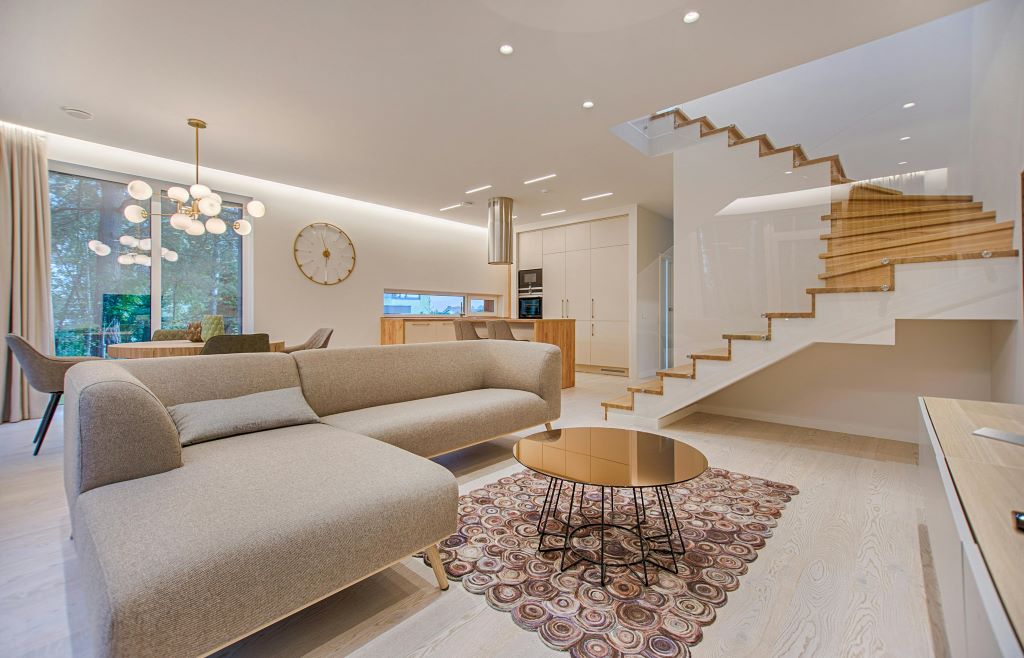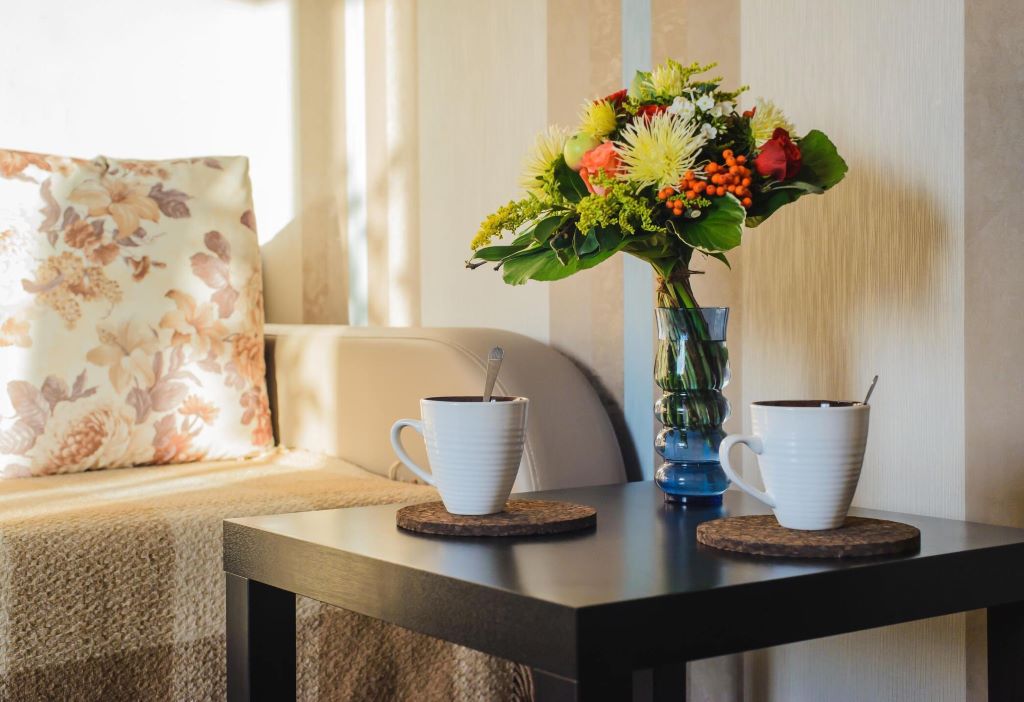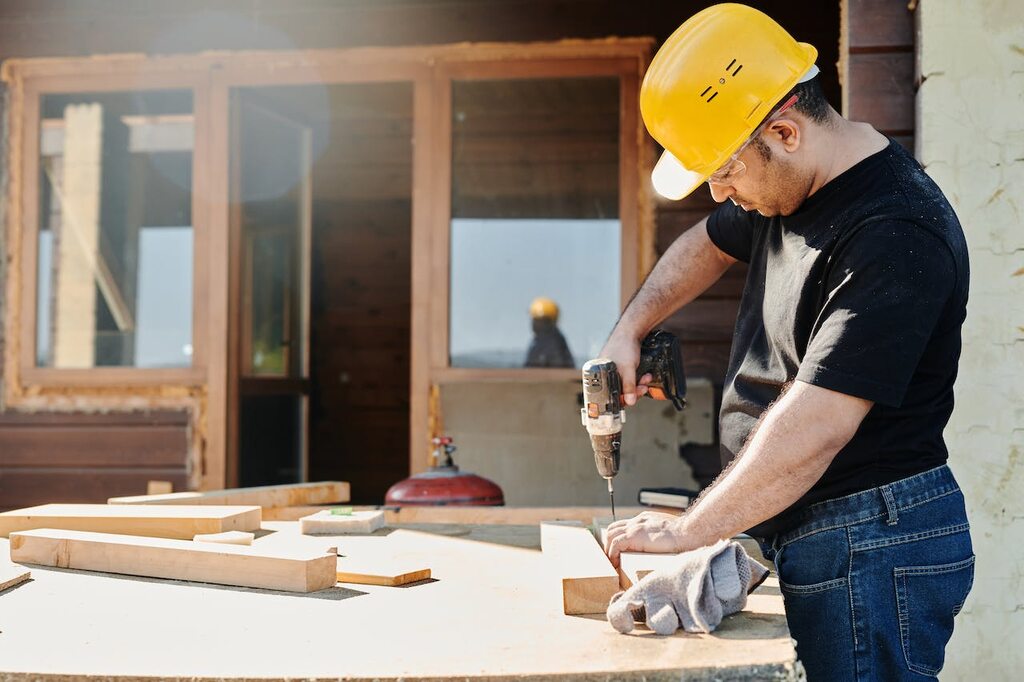
Home remodeling projects bring excitement as they offer homeowners the opportunity to enhance their living spaces. When it comes to material selection, for these projects, composite wood sheets have gained popularity due to their versatility, durability and eco friendly characteristics.
Delve into this guide to uncover the crucial factors you need to consider when selecting the perfect composite wood sheet for your home renovation. For a diverse range of high-quality wood sheets tailored for home renovations, explore the offerings at Modern Mill.
Understanding Composite Wood Sheets
Composite wood sheets are engineered wood products created by combining wood fibers, adhesives and sometimes other materials like plastics.
This combination results in a material that offers a blend of natural wood beauty and the enhanced performance of materials. As you embark on your journey of home renovation here are important factors to help you make a decision.
Different Types of Composite Wood Sheets
Composite wood sheets are available in types each designed to cater to needs and preferences. Familiarizing yourself with these types will assist you in selecting the material for your project.
1. Particleboard
Particleboard is a cost option manufactured using wood particles and adhesive. It is renowned for its surface.
Finds common applications in furniture and cabinet construction. However it might not be the option, for areas that are prone to moisture due to its tendency to expand.
2. Medium Density Fiberboard (MDF)
MDF is a choice when it comes to uses, made by combining wood fibers and resin resulting in a dense surface that works well for painting and finishing. People often use MDF for cabinet doors, shelving units and decorative moldings.
3. Plywood
Plywood is formed by layering wood veneer sheets with a cross-grain construction, offering strength and stability. It is versatile for applications like flooring, roofing, and furniture.
4. Oriented Strand Board (OSB)
OSB is manufactured by compressing and bonding wood strands. It is known for its durability.
Finds use in structural applications like subfloor and sheathing. Although not as smooth as some types of materials, OSB offers performance in specific settings.
5. Wood Plastic Composite (WPC)
WPC is a product on the market that combines wood fibers with plastic polymers. It boasts resistance against moisture, insects and decay which makes it suitable for uses such as decking or fencing.
Factors to Consider
There are factors to take into account when selecting the composite wood sheet for your project and lifestyle. Let’s explore these considerations further.
1. Application and Intended Use
To begin with it’s important to determine where you plan on using the wood sheets. Different types are suitable for applications.
For instance plywood works well for subflooring while MDF is a choice for cabinet doors. Understanding the intended use ensures that you achieve performance and lasting results.
2. Durability and Longevity
Take into account the durability needs of the specific space. In areas with frequent foot traffic or exposure to moisture, prioritize materials with enhanced durability.
Plywood and Wood Plastic Composite (WPC) are durable and versatile, suitable for various applications.
3. Aesthetics and Finish Options
Composite wood sheets come in finishes each with its aesthetic appeal. Some finishes may be better suited to preferences or design choices.
Consider MDF for a paint-friendly surface or plywood, which, with its natural grain, adds warmth to any space. It’s important to consider your desired aesthetics along with the finish options, for each type of wood sheet.
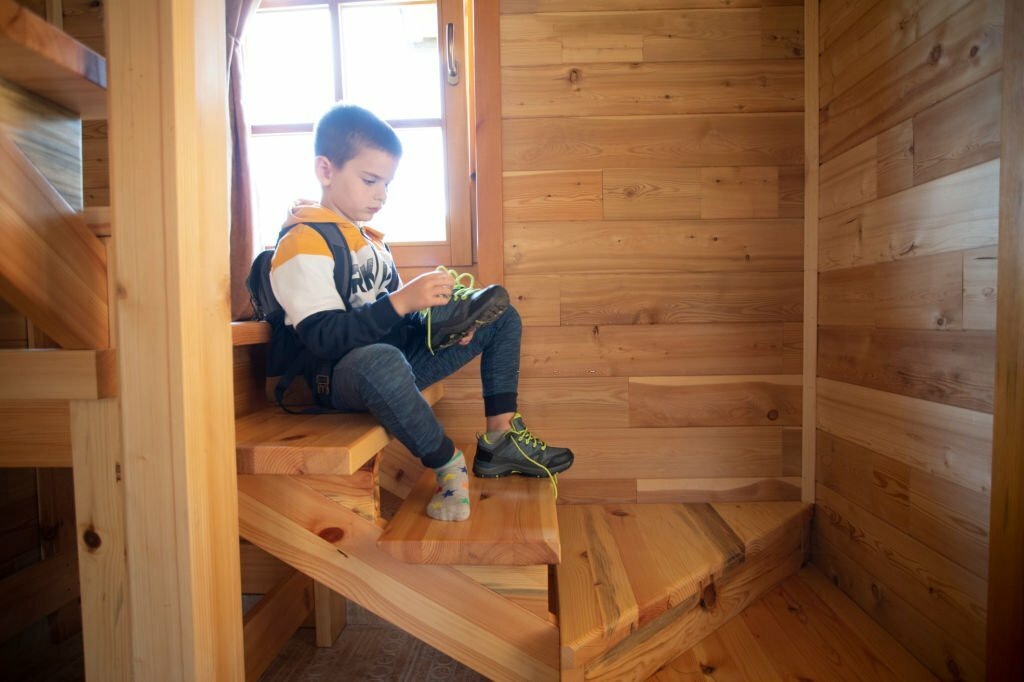
4. Environmental Impact
For homeowners who prioritize sustainability it is crucial to consider the footprint of the materials used in composite wood sheets.
When searching for composite wood sheets it’s important to look for those, with certifications like FSC (Forest Stewardship Council). These certifications ensure that the wood fibers used in the sheets are responsibly and sustainably sourced.
5. Taking Budget into Account
Budget is a consideration when undertaking any home renovation project. Different types of composite wood sheets come at varying price points.
While particleboard may be a cost option it might be worth investing in plywood or WPC for their durability and performance in applications.
Comparing Different Types of Composite Wood Sheets
Comparing composite wood sheets involves evaluating their applications, durability, and aesthetics, ensuring a tailored choice for specific project needs. Now let’s compare some used types of composite wood sheets based on the factors we discussed earlier:
1. Particle Board vs. MDF
- Application: Particleboard works well for furniture and shelving while MDF excels in cabinet doors and decorative elements.
- Durability: MDF is denser and more durable compared to particleboard.
- Aesthetics: MDF offers a paintable surface, whereas particleboard has a coarser texture.
2. Plywood vs. OSB
- Application: Plywood is versatile while OSB is often preferred for structural purposes.
- Durability: Plywood generally has more resistance to moisture than OSB.
- Aesthetics: Plywood’s natural wood grain offers an appearance while OSB has a more rugged look.
3. MDF vs. WPC
- Application: MDF works well for applications while WPC is suitable for settings.
- Durability: WPC offers resistance to moisture, insects and rot making it a lasting option, for outdoor environments.
- Aesthetics: MDF provides a polished surface that’s perfect for applying finishes while WPC can beautifully imitate the natural appearance of wood.
Conclusion
Selecting the composite wood panel for your home renovation is a decision that greatly impacts the overall success of your project. By considering factors such as the type of composite wood its intended usage, durability, visual appeal, environmental impact and budget constraints you can confidently make an informed choice that aligns with your goals.
Whether you prefer the versatility of plywood, the smooth finish offered by MDF or the exceptional durability of WPC, each type comes with its advantages. Take the time to explore all options thoroughly and consider both their pros and cons.
If needed, seek guidance from professionals in order to make an informed decision. With the choice at hand your chosen composite wood panels will not enhance your home’s aesthetics but also contribute to its long term beauty and sustainability.

